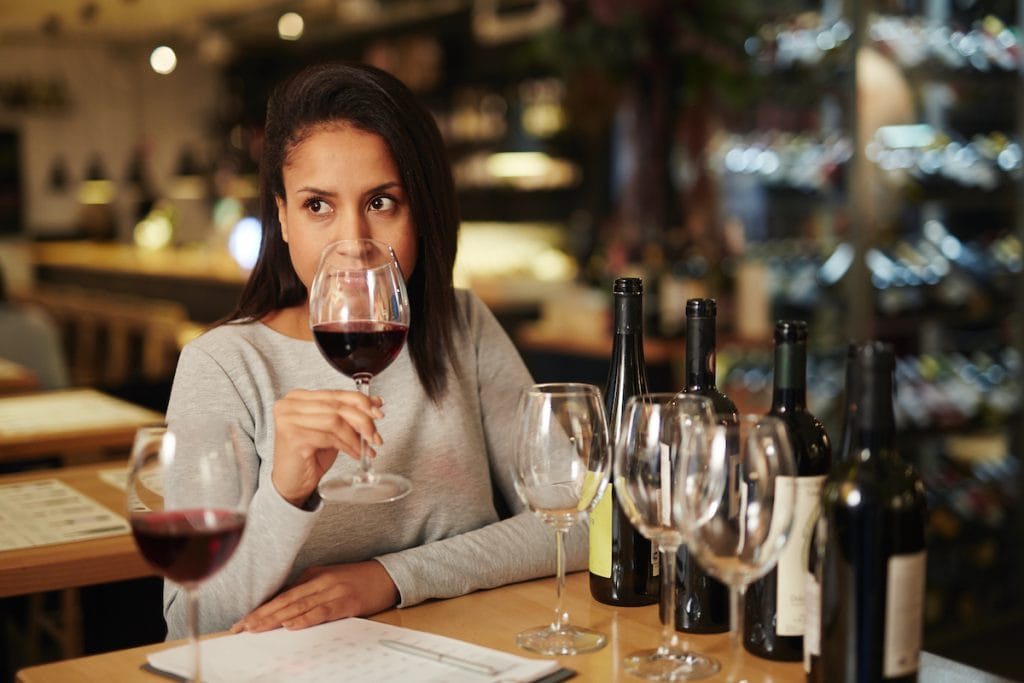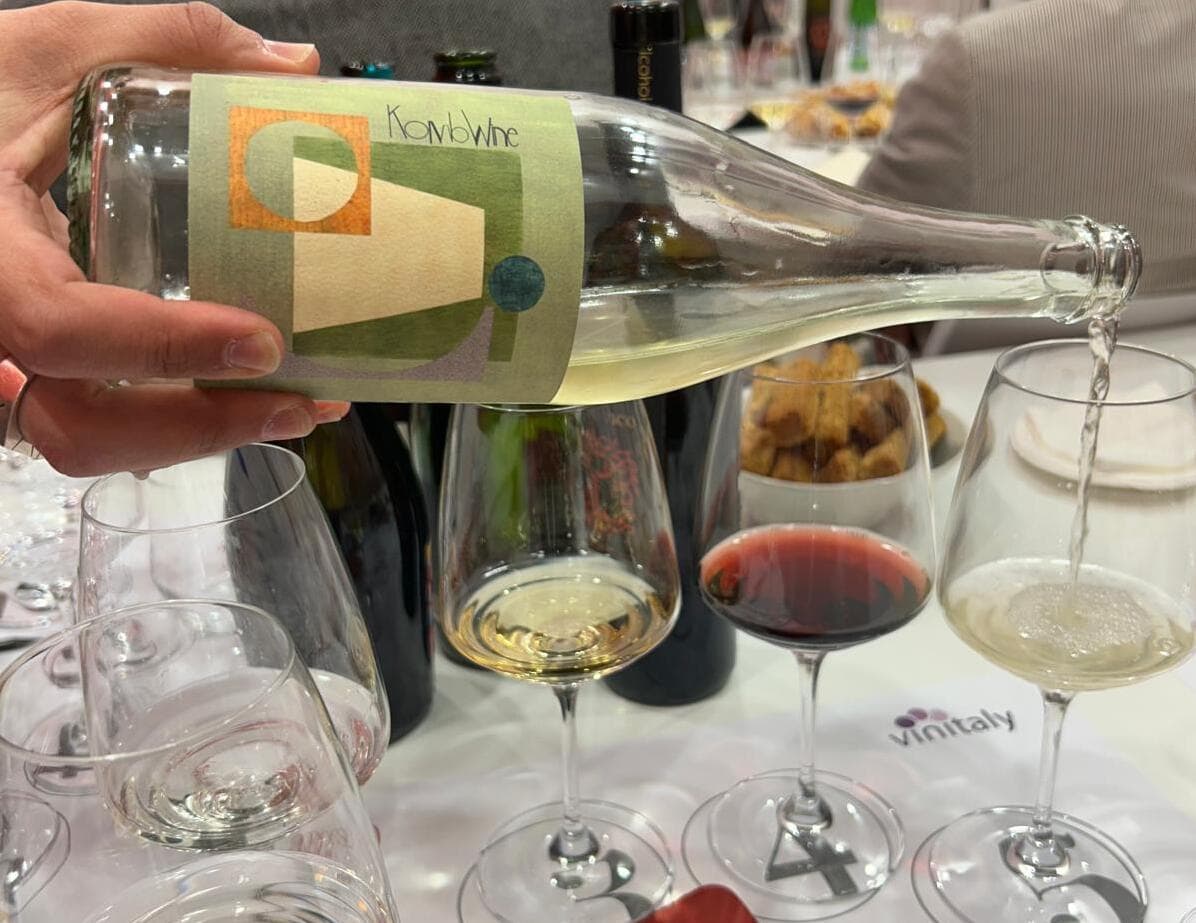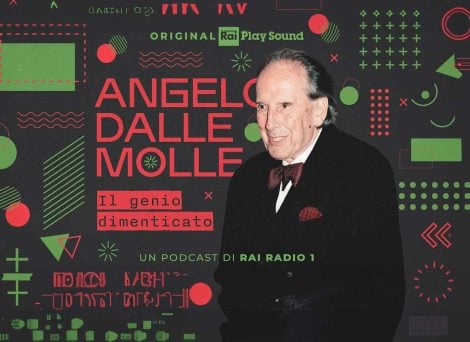by Attilio Scienza
The world is changing, society is evolving, and wine is not immune to the broader shifts that affect the entire spectrum of consumer habits. Due to its symbolic and social nature, wine is particularly impacted by these lifestyle transformations. We have moved from a consumer motivated by individualistic impulses, seeking to stand out and escape anonymity, to one driven by trends of emulation and community. Today, for many, drinking wine is about rediscovering roots, returning to forgotten places, celebrating memories, renewing a sense of fraternity, participating in communal experiences, and, not least, paying attention to the health implications of alcohol.

Moderation in consumption since ancient Greece
What sociologists describe as a socio-cultural space is one where each person’s experience contributes to shaping a shared, virtual dimension. While the health-related ambiguities of wine were well understood in the past (in vino salus, in vino morbus), a culture of moderation prevailed, as evidenced by the writings of many Greek authors—from Aristotle’s ethics of temperance to Theophrastus’ critique of excessive wine consumption and drunkenness.
The birth of temperance movements in history
The issue of alcoholism as a widespread social phenomenon emerged in the 19th century with the proliferation of distilled wine and grain spirits, particularly in Northern Europe, coinciding with the industrial revolution. This period saw generations of malnourished farmers transformed into tired, frustrated workers who found solace in alcohol amidst their despair. This era also marked the birth of temperance movements, fuelled by socialist ideals opposing alcohol consumption among the working class and early clinical studies highlighting the adverse physical and mental health effects of alcohol abuse.

The French paradox
Unfortunately, wine’s association with alcohol has often overshadowed its image as a healthy beverage. Only with the sensational media coverage of the "French Paradox" on American television was wine repositioned as an essential component of the modern Mediterranean diet, celebrated for its benefits in reducing cardiovascular disease risk. Despite its moderate alcohol content compared to other drinks, wine's alcohol is a divisive factor, contributing to declining consumption, especially in traditional wine-producing countries of Europe. There seems to be no immediate reversal of this trend.
The role of women in wine’s future
Hopes for the future lie once again with younger generations, particularly young women. A recent French study revealed that 60% of young wine consumers are female. The traditional image of a patriarch serving wine has been replaced by that of the emancipated woman, choosing wine for herself. Women represent renewal and innovation in the wine world: associating wine with gender equality could help modernise its image. Women tend to favour spicy, aromatic, floral wines and are keen on trying new trends (including pairing wine with diverse international cuisines), leaving more structured, evolved wines to men.

What today’s consumer wants from wine
Stepping into the shoes of the modern consumer makes the market's direction clearer. For instance, the demand for simpler wines contrasts with the recent past when oenological techniques—such as prominent oak ageing—dominated. Today’s consumer seeks wines with alcohol levels that were previously considered inconceivable. This shift has also propelled niche trends. The growing popularity of "ancestral method" wines, amphora-aged wines, sulphite-free wines, and those from environmentally conscious farming practices reflects a consumer longing for naturalness and a connection to the product’s origin, seeking to understand its essence.

The rise of low and no-alcohol wines
A revision of how wine is communicated is urgently needed—an approach that might seem iconoclastic. With Italian society distancing itself from its agrarian roots, wine consumption has been influenced by the elite habits of the privileged classes. The masses began emulating these customs, building their own culture and narratives around wine. Alcohol consumption is not an instinctive habit but one shaped by familial and social influences. In other words, drinking habits are largely dictated by family and social group styles. Today, young people rarely drink wine at home and prefer social settings where only specific types of wine are consumed, often as a base for other beverages.
The trend towards low and no-alcohol wines is on the rise, mirroring a similar movement in beer. This trend has gained traction in the US and UK, particularly among Millennials and Gen Z, who are choosing to reduce or eliminate alcohol consumption entirely. Motivations range from health concerns, religious beliefs, dieting, and the desire to avoid risks such as drink-driving.
As Baudelaire once wrote: “Wine is like man: you will never know to what extent it can be esteemed or despised, loved or hated, nor how many sublime actions or monstrous deeds it is capable of.” Only education and knowledge can make the difference.


 Versace opens a super hotel with an Italian restaurant. Here's what Donatella Hotel & Restaurant in Miami will be like
Versace opens a super hotel with an Italian restaurant. Here's what Donatella Hotel & Restaurant in Miami will be like At The Crown Tirana, service and quality at the highest levels
At The Crown Tirana, service and quality at the highest levels We tasted Komb(w)ine, the new product that combines grape must and kombucha. Here’s our verdict
We tasted Komb(w)ine, the new product that combines grape must and kombucha. Here’s our verdict What changes for the export of Italian wines to China under the new regulations?
What changes for the export of Italian wines to China under the new regulations? “Forget dealcoholised wines. The future is Komb(w)ine.” Moser and Ravizza present a new grape must-based product
“Forget dealcoholised wines. The future is Komb(w)ine.” Moser and Ravizza present a new grape must-based product






